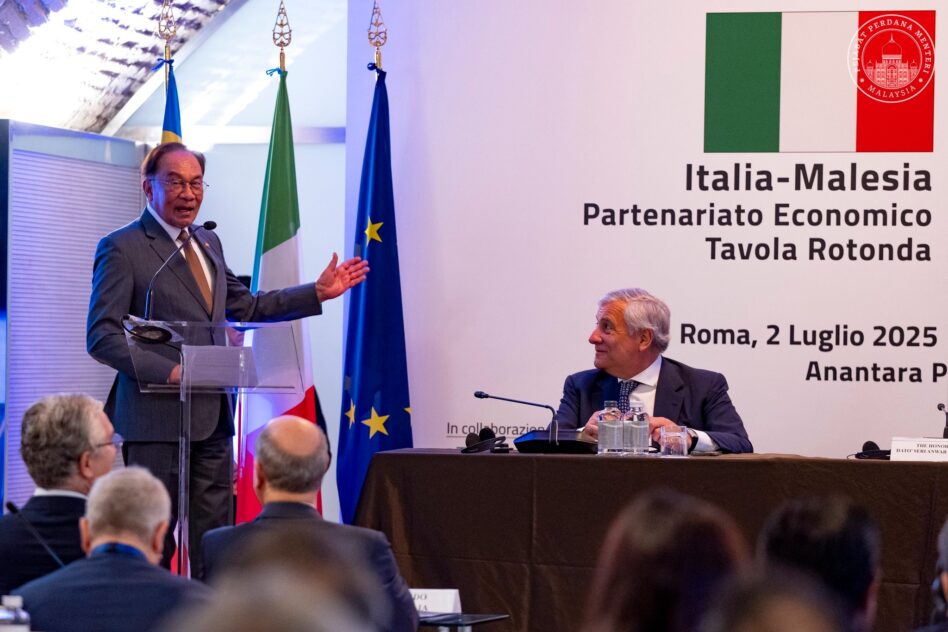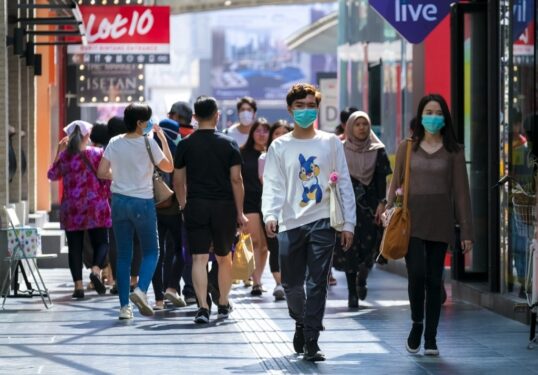 By Xavier Kong
By Xavier Kong
AS the Movement Control Order (MCO) moves into Phase 3, most of us have settled down into the routine that is this new normal. For that matter, social media has shown quite a number of friends and acquaintances trying their hand at the culinary arts during this time.
However, for those who cannot cook, whether it be from a lack of facilities or a lack of skill, the solution, as touted by our own prime minister, is to turn to food delivery services such as GrabFood or FoodPanda.
Furthermore, these services have been contacted, with discussions ongoing, to serve as delivery partners for Ramadan e-bazaars, according to Federal Territories Minister Annuar Musa, following the ban on physical bazaars due to Covid-19 risks from the crowds usually seen at such bazaars.
At the same time, neighbouring Singapore has recently announced their own version of the MCO, called the Circuit Breaker (CB), which will go on for an entire month. The CB started on April 7, and acquaintances in Singapore have been commiserating with us about staying at home.
On a separate note, over in the United States, a class action lawsuit has been filed against food delivery services Grubhub, UberEats, Postmates and DoorDash, with the charge being that the foursome have been violating anti-competition laws and “exploiting their dominance in restaurant meal deliveries” to impose fees that are ultimately passed on to the consumer through higher menu prices.
According to Reuters, three consumers had come forward, claiming the foursome had violated US antitrust laws by requiring that restaurants charge delivery customers and dine-in customers the same price, while imposing “exorbitant” fees of 10% to 40% of revenue to process delivery orders.
This then sticks the restaurants with a “choice” of sorts, which is to absorb the fees and offer the same prices, which is becoming more and more unfeasible as the Covid-19 pandemic has “wiped out most dining in restaurants,” or to charge higher prices as a condition of using the services offered by the four delivery services.
Now, to bring it all together, the question proposed is this: Do Malaysians and Malaysian restaurants have to worry about this happening as well?
As it stands, someone in Singapore came up with an infographic explaining exactly how much the restaurant earns when an order is made through a delivery service, as viewed below. Thank you for visualising this, Desmond Chua, and thank you to Colin Chen for sharing the story that inspired this.
This leads back to some very worrisome numbers, especially for food and beverage (F&B) operators in Malaysia. Recall that we at FocusM had recently covered something similar about how F&B operators are sinking from the 30% charge levied upon them by GrabFood and FoodPanda, which can be read here.
GrabFood came out with a response for this, launching three measures to aid local F&B players, such as financial relief of up to RM3,000 for small businesses in the form of rebates for every order, a campaign to boost the visibility of small, independent restaurants, as well as collecting zero commissions on all digital payments via WhatsApp, Facebook, or phone orders, and customers who do a self-pickup will also see all commissions waived.
“With the MCO, many restaurants’ regular diners have shifted towards digital channels. But with commissions required to cover delivery and other transaction costs, our merchants now face thinner margins,” said Sean Goh, the country head of Grab Malaysia.
Still, even with these measures, there are a growing number of eateries that are setting up their own delivery service or enhancing their self-pickup services, especially among their regulars.
A local food operator shared that they have offered their regulars a phone number that they can WhatsApp their orders to, after which it becomes a drive-by system where the customers receive a message when their food is almost ready, the customers make their way to the shop, receive the food, and pay without leaving their vehicles.
Another local food operator shared that this system also bypasses the food delivery players entirely, allowing restaurateurs to cut out the middle man, so to speak. This F&B operator told FocusM that GrabFood and FoodPanda are still drawing about 30% in commissions for deliveries being made with delivery fees still being charged to customers.
“While GrabFoob and FoodPanda needed to do a lot of marketing in the beginning to onboard vendors, now that we are in the MCO, they are the strongest options that vendors have to continue operating,” said the F&B operator.
He explained that, with the rising costs of ingredients as supply is affected, restaurateurs cannot raise prices as that would risk driving customers away, yet they still have to bear the commissions that need to be paid to the delivery players.
“As it is, so many businesses are now doing promotions and advertising for Grab, but they are still taking a 30% commission. In these tough times, they should do their part as well. A reduction to the commission so it is not as ridiculously high would help more businesses survive this period,” he said.
With that, it may be time for our delivery partners that have been touted and engaged by both the Pakatan Harapan and the Perikatan Nasional governments to do their part in this Covid-19 pandemic, not only in terms of taking care of their delivery riders and drivers, but also their merchant partners, without which their service would cease as well.
Might be a good idea not to strangle the geese laying the golden eggs. – April 17, 2020









